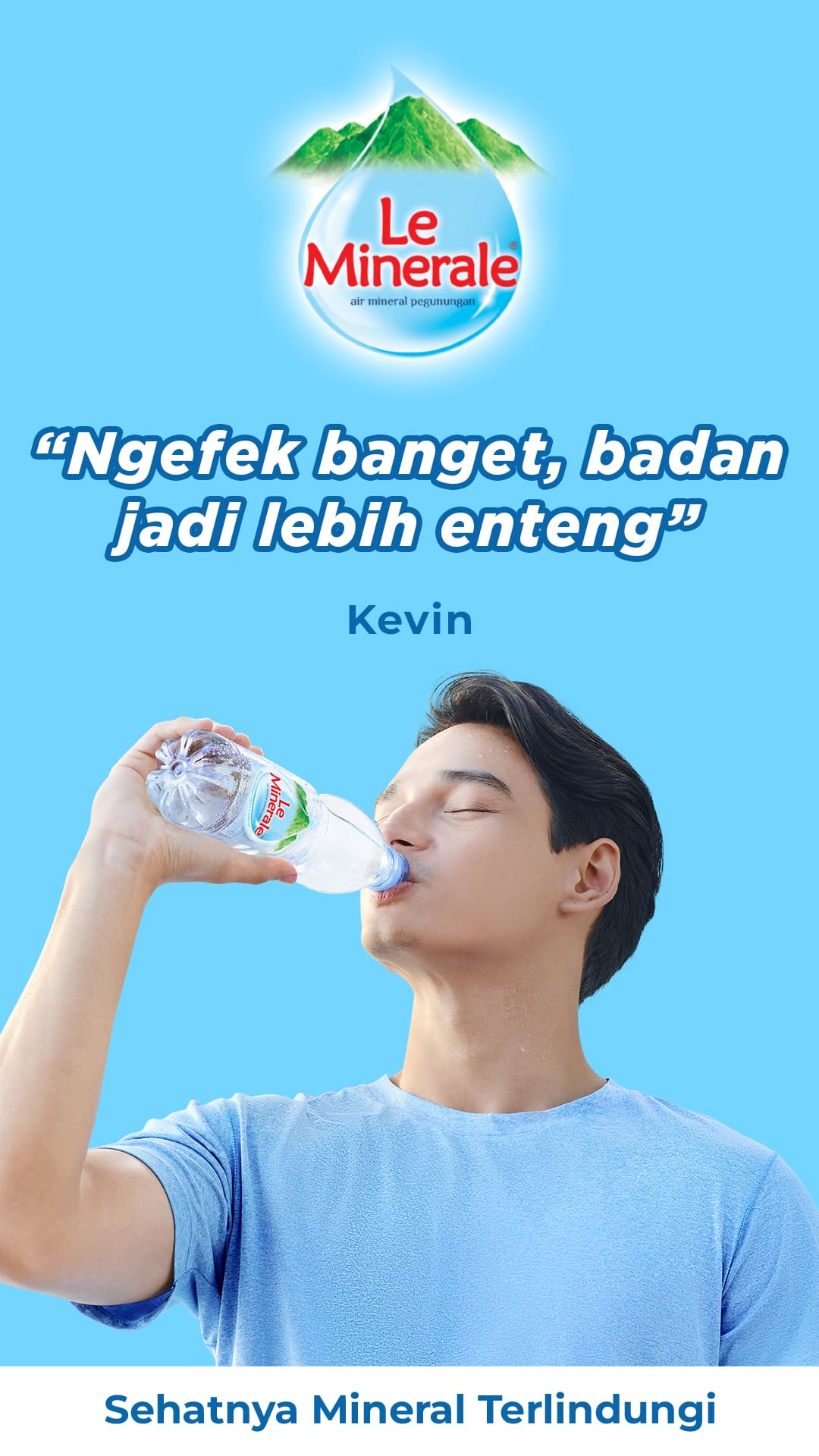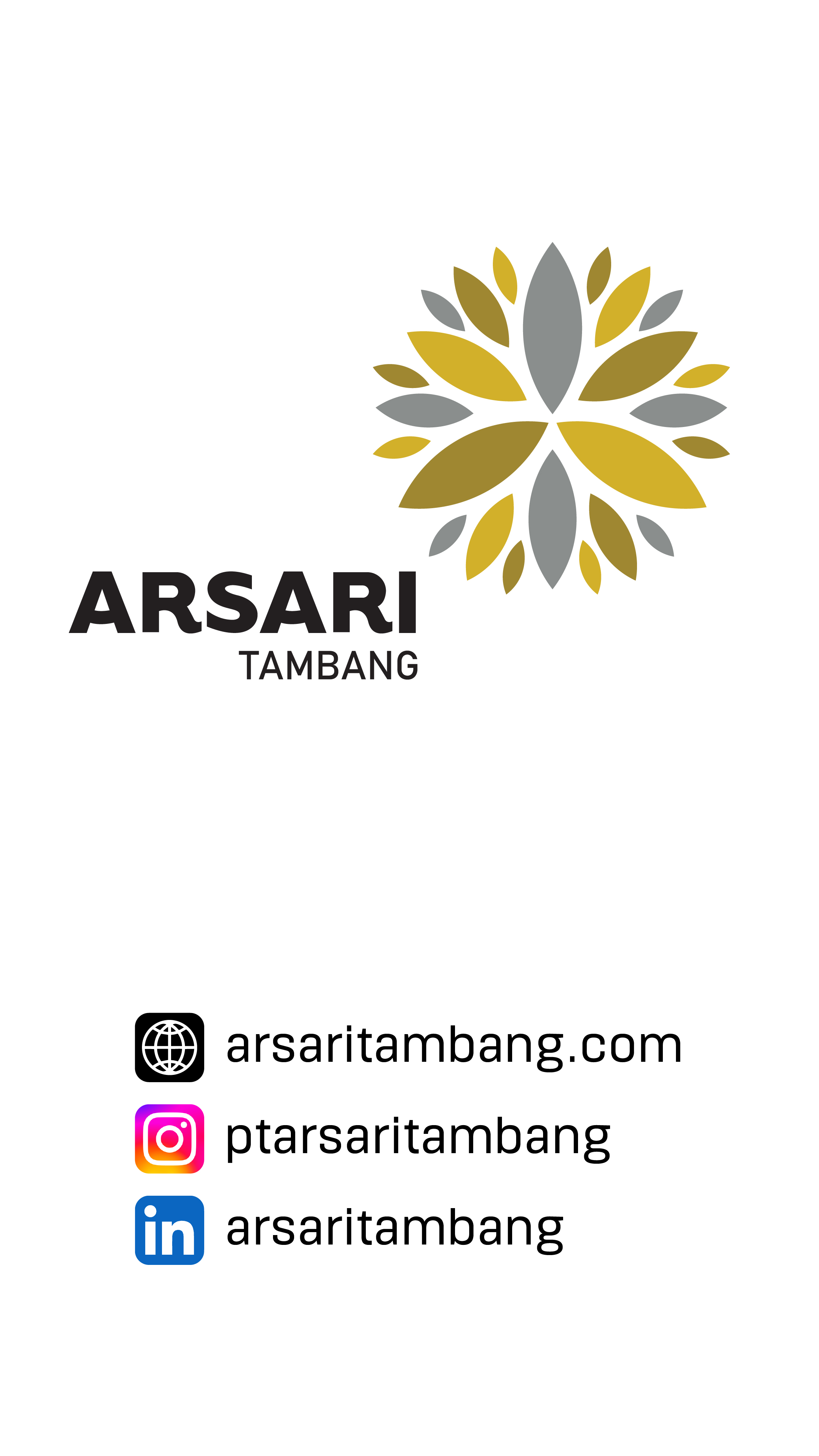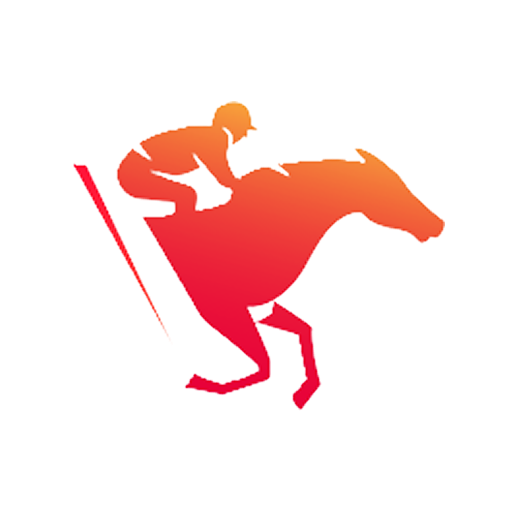


SARGA.CO – Racehorses are naturally dynamic animals, driven by instinct and training to win on the track.
Years of competing from one championship to another push their muscles and stamina to the limit. But eventually, even the strongest racehorses face a dreaded moment: weakened muscles and a growing vulnerability to injury.
The most heartbreaking part for jockeys and owners is when their beloved horses must retire from the racing world. Their strength slowly fades, and the time comes to step away from the track.
Retirement age varies, but most racehorses step down at 4–5 years old, with some continuing until 7 or 8. Others are forced into early retirement due to serious injuries.
Stallions often race longer than others. Some Standardbred stallions can even continue competing until the age of 10.
Retirement doesn’t mean neglect. These horses still need care and conditioning, even if they’re no longer racing, especially when they’ve formed deep bonds with their jockeys or owners.
Here are five recommended therapy techniques for retired racehorses, as reported by SARGA News from Worldofhorses.co.uk:

Years of high-speed racing can take a toll on a horse’s body. Recovery must be slow and gentle.
Massage therapy focuses on key areas like the back, legs, and joints to help muscles heal properly.
Professional equine massage therapists relieve tension and pain, improve blood circulation, and detect potential problem areas.
This therapy benefits both the physical and emotional well-being of the horse, helping it relax and regain comfort.
After years of intense racing, some horses become anxious or wary of human contact. Groundwork techniques such as leading, backing up, yielding, and responding to verbal cues help rebuild trust and calm responsiveness.
This kind of therapy supports their emotional transition into post-racing life, making them suitable for lighter activities, like being ridden by children at fairs or community events.
Natural horsemanship methods offer a stress-free way to reconnect horses with humans. This intuitive and gentle form of interaction contrasts with the pressure-filled world of competitive racing—allowing horses to relax and enjoy companionship without performance demands.

Hydrotherapy is highly effective for racehorses recovering from injuries or long-term strain.
Equine water treadmills allow them to stretch their muscles under gentle water resistance, helping them rebuild strength without overexertion.
They may also soak in cold-water spas or swim in special pools, offering deep muscle relaxation and promoting healing.
Equine acupuncture helps manage pain and rebalance the horse’s internal energy flow, speeding up recovery.
Meanwhile, equine chiropractors correct joint misalignments, particularly in the spine and limbs, easing chronic discomfort.
These treatments address long-term issues like imbalanced gait or body stiffness, helping the horse regain comfort and functionality in retirement.























































Install SARGA.CO News
sarga.co